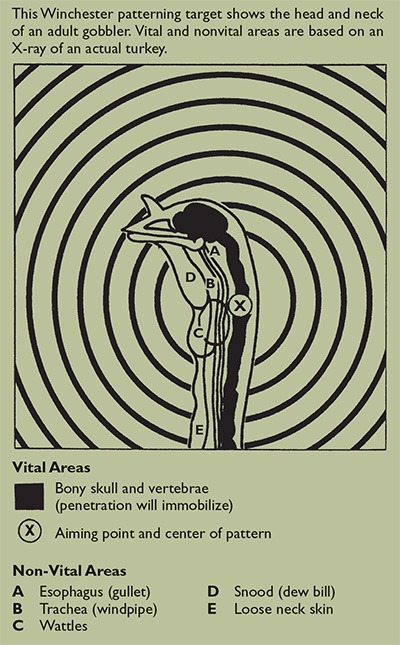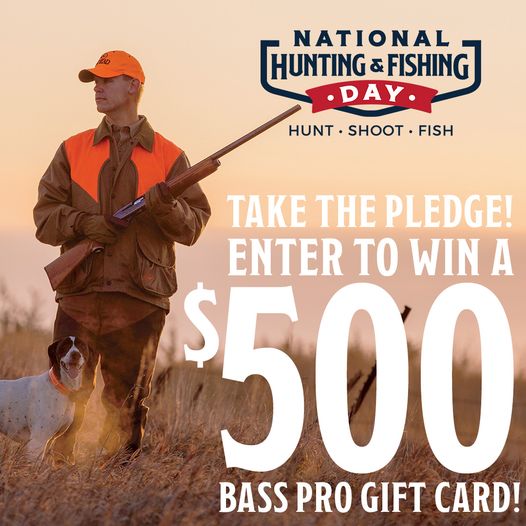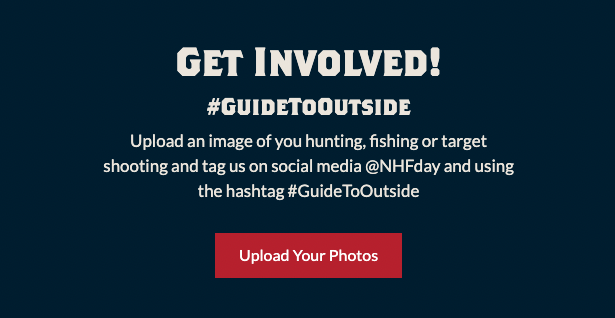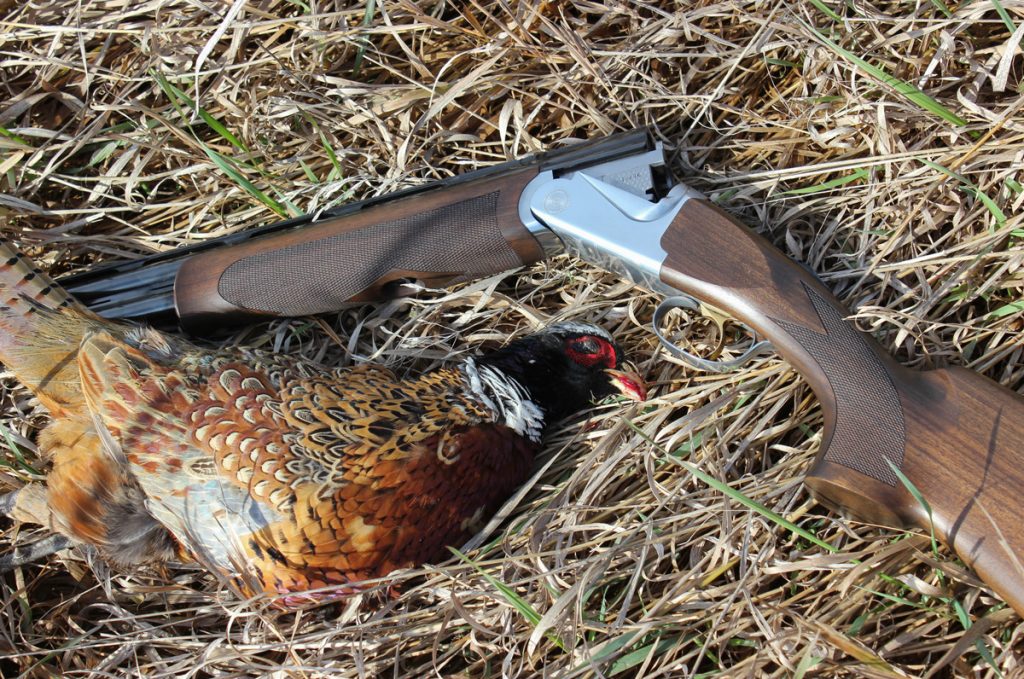
Birding Basics: Pheasants 101
The introduction of non-native species into foreign habitats can be quite harmful, but one exception to that rule is the ring-necked pheasant. Introduced from Asia to Oregon in 1881, the ring-necked pheasant spread across the country and became America’s most popular game bird. Widespread and numerous, pheasants also make excellent table fare.
Hunting pheasants on preserves where the birds are released annually has become quite popular, but there are still plenty of opportunities to pursue these raucous, iridescent game birds in the wild. My first out-of-state hunt occurred when my dad and his buddies allowed me to tag along on an Iowa pheasant hunt, and the sight and sound (and shock!) of seeing that first brilliantly-colored rooster cackling out of the winter grass and into the brilliant blue Midwestern sky is something I’ll never forget.
Best States To Find a Rooster or Three
The critical first step to successful pheasant hunting is finding the birds, and I’ll save you some internet research time by telling you that you’ll need to concentrate your efforts on the upper Midwest, the northern Great Plains and the Rocky Mountain states. You’ll find a pheasant on the rear side of South Dakota’s state quarter, and that should give you some indication that there are lots of birds to be found in the Mount Rushmore State. But North Dakota, Nebraska, Kansas, Iowa, Minnesota and the eastern portions of Colorado, Wyoming and Montana offer great opportunities as well. Aberdeen, South Dakota bills itself as the Pheasant Hunting Capital of the World, so that’s one town you can put a pin in right now.
Grassland, Corn and Dogs
Once you’ve narrowed your search for a pheasant hotspot down to one or two states, start looking for agricultural areas and grasslands that are open to hunting. There’s ample public land to access in all the states I mentioned above.
You’ll have the option to hunt with dogs or on foot. Having a dog ups your odds of success significantly if you’re hunting solo or with only one or two friends, since your four-legged companion can cover more ground and is more adept at sniffing out birds than the average hunter.
Pheasant dogs come in two varieties. Pointing dogs remain still and “point” when they smell birds. You’ll find English setters, German shorthair pointers and what most people refer to as English pointers king here. Flushing dogs like English and Cocker spaniels, as well as Labradors, actually rush the birds in cover, causing them to break and fly.
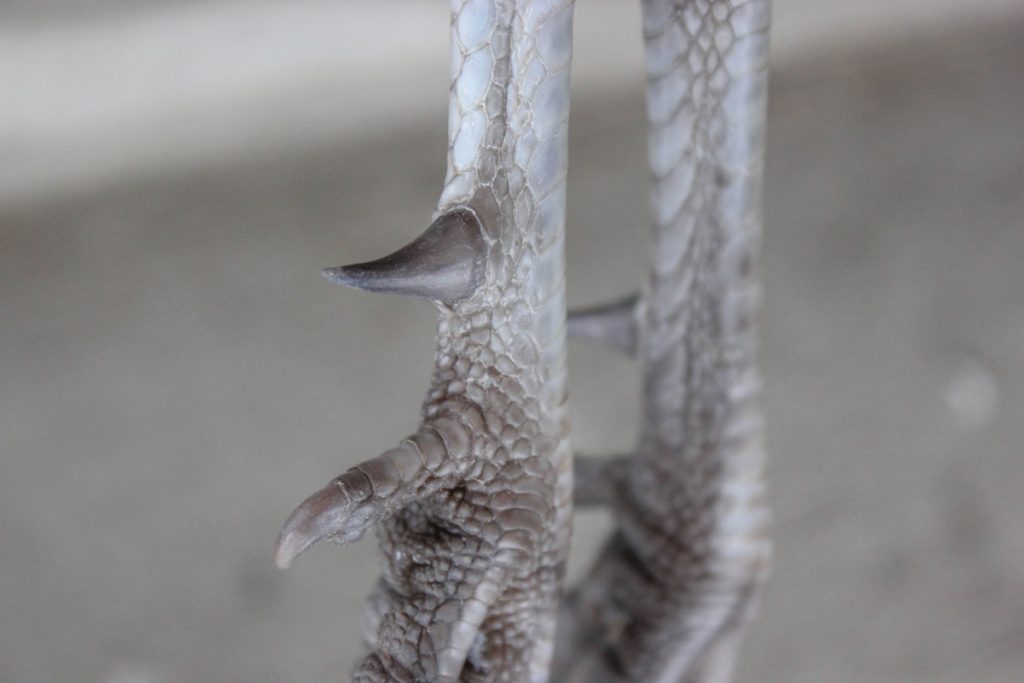
Pheasant roosters have spurs, just like barnyard roosters. They can wreak havoc on a dog that fetches one not quite dead.
The Push and Block
While dogs are a great asset and lots of fun to handle and watch, you don’t have to have one to hunt pheasants successfully, though, particularly if you have a large group of hunters that can push through a field. Because pheasants have a proclivity to run rather than fly, large groups working expansive areas, especially harvested crop fields, will have half the group, the “blockers,” placed at the end of the field to serve as a barrier to running birds. The designated shooters start at the other end of the area, walking toward the blockers and sandwiching the birds between the two groups as they go, forcing the birds to air (and sometimes leaking out the sides!).
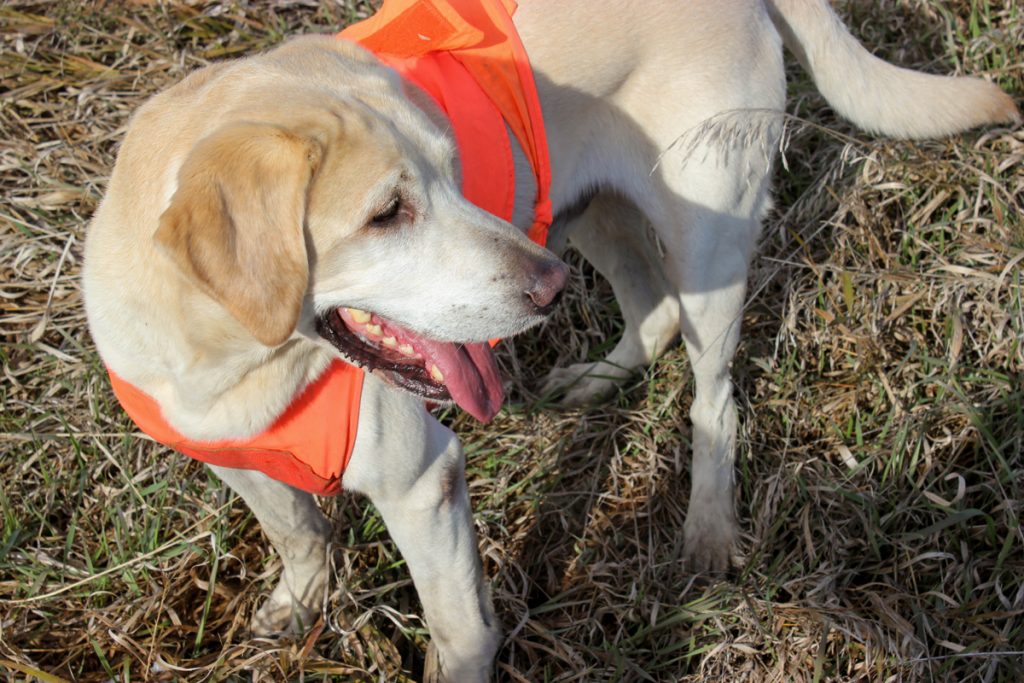
It’s absolutely possible to hunt pheasants solo, but your chances of success will be greatly improved with the help of a bird dog.
Safety when hunting Pheasants
Knowing where other hunters are, what’s beyond your target, where the dogs are, etc.—is always your top concern, but extra caution is essential with the push-and-block strategy on pheasants. Shots are taken only well above the heads of all hunters in the field—no shots on low-flushing crossers ever. Always keep the muzzle of your gun pointed in a safe direction, in this case skyward, and don’t take a shot at any bird unless the pheasant is in the air and well away from and above dogs and other hunters.
Pheasant hunting is an exciting and rewarding sport for all ages, and these birds rank among the most delicious of all wild upland birds. They are well worth giving up a Saturday afternoon football game for—and if you really get the pheasant hunter’s bug, it’s almost a sure bet you’ll be setting your vacation time aside for opening week.
*-*-*-*-*-
Brad Fitzpatrick is a full-time outdoor writer based in southern Ohio. He is the author of more than 400 articles which have appeared in dozens of regional, national and international publications, and he is currently the author of five books on hunting, shooting, history and biology. Brad’s writings and photographs have won multiple awards including the Great Lakes Outdoor Writers Best-of-Best Award as well as the Professional Outdoor Media Association’s Pinnacle Award for Conservation. He and his wife Bethany have two children, Caleb and Audrey.
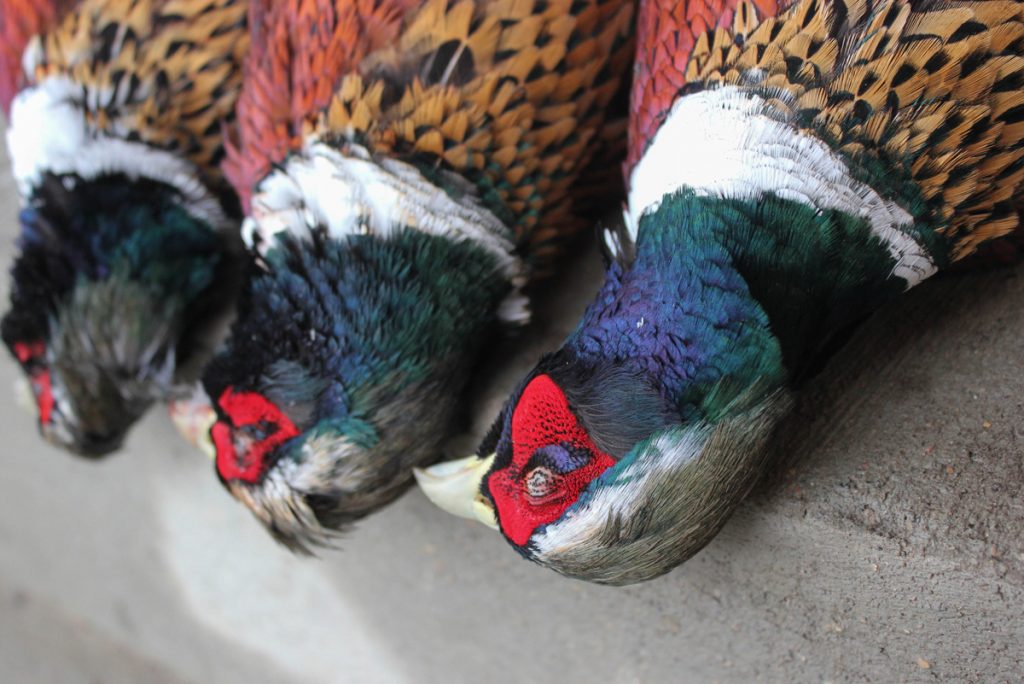
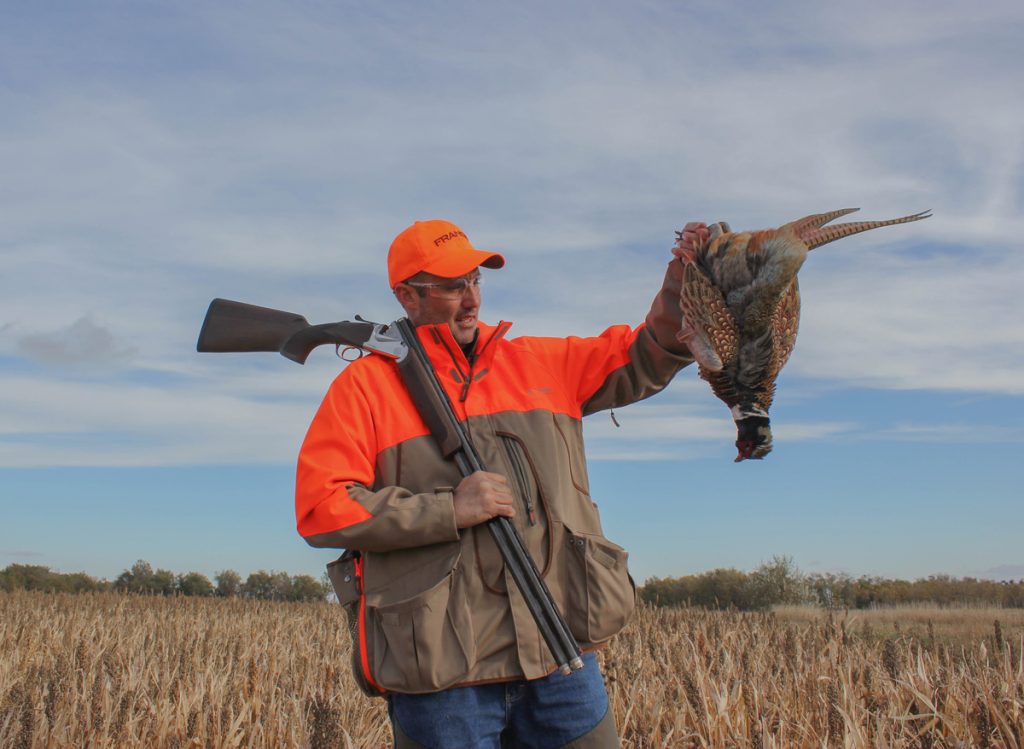
 Excise taxes fund wildlife research for the sustainable maintenance of healthy wildlife populations.[/caption]
The excise taxes established under the Pittman-Robertson Act have been a driving force, contributing over $16.4 billion (over $25 billion adjusted for inflation) to individual states. In this video, Peter Novotny, Deputy Chief of the Ohio Division of Wildlife, highlights how these funds, combined with hunting and fishing license dollars, fund essential wildlife research. This research enables a deeper understanding of how wildlife populations adapt to a changing environment, ultimately leading to the maintenance of healthy and sustainable populations.
Excise taxes fund wildlife research for the sustainable maintenance of healthy wildlife populations.[/caption]
The excise taxes established under the Pittman-Robertson Act have been a driving force, contributing over $16.4 billion (over $25 billion adjusted for inflation) to individual states. In this video, Peter Novotny, Deputy Chief of the Ohio Division of Wildlife, highlights how these funds, combined with hunting and fishing license dollars, fund essential wildlife research. This research enables a deeper understanding of how wildlife populations adapt to a changing environment, ultimately leading to the maintenance of healthy and sustainable populations.
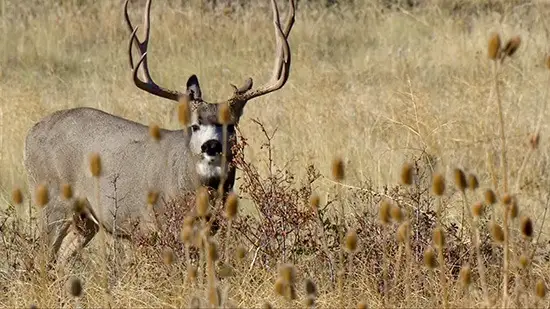 “We feel comfortable and confident that the excise tax dollars are helping keep healthy deer herds out there across the United States,” said Phil Bednar, President and CEO of TenPoint Crossbows.[/caption]
“We feel comfortable and confident that the excise tax dollars are helping keep healthy deer herds out there across the United States,” said Phil Bednar, President and CEO of TenPoint Crossbows.[/caption]
 Turkeys make a tough target. They are difficult to see and even harder to harvest. The head and neck are the only vital areas that ensure a fast, clean hunt, but this will only happen if your shotgun throws a tight, dense shot pattern.
The best shotgun choice for turkeys is a 12-gauge magnum, though the 10 gauge is gaining some ground among turkey hunters. The best shot sizes are No. 2, 4, 5, or 6. The best shotgun chokes are Full, Extra Full, and Super Full.
Turkeys make a tough target. They are difficult to see and even harder to harvest. The head and neck are the only vital areas that ensure a fast, clean hunt, but this will only happen if your shotgun throws a tight, dense shot pattern.
The best shotgun choice for turkeys is a 12-gauge magnum, though the 10 gauge is gaining some ground among turkey hunters. The best shot sizes are No. 2, 4, 5, or 6. The best shotgun chokes are Full, Extra Full, and Super Full.
